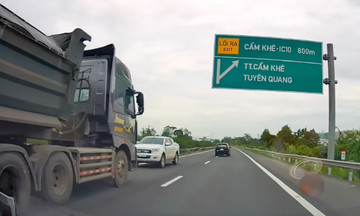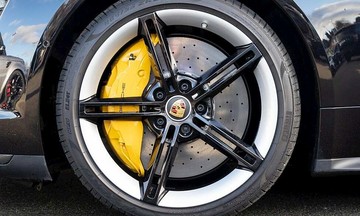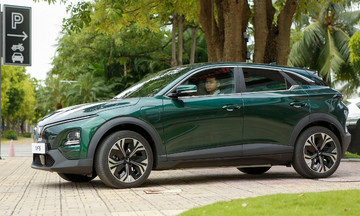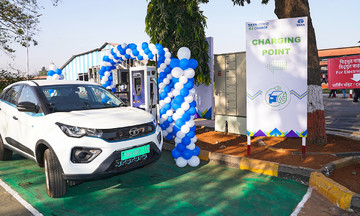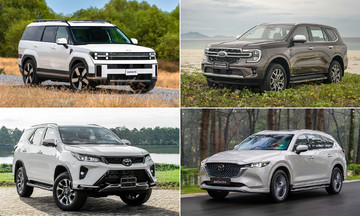Lithium-ion batteries are ubiquitous globally. Sony first commercialized them in 1991, and they are widely used in electronics, including electric scooters and cars.
Lithium-ion's popularity stems from several factors. It boasts one of the highest energy densities among commercial batteries, allowing manufacturers to power devices effectively while keeping batteries compact and lightweight. Furthermore, lithium-ion batteries offer fast charging and high discharge rates, resulting in efficient energy conversion and minimal heat loss.
Lithium-ion battery pack on the Honda ICON e:. Photo: Luong Dung |
Lithium-ion battery pack on the Honda ICON e:. Photo: Luong Dung
Manufacturers can tailor lithium-ion battery packs to various shapes, accommodating different device functions, needs, and designs. This versatility and widespread use contribute to its reasonable production cost.
However, lithium-ion batteries in electric scooters have drawbacks. Their performance significantly declines in cold climates, sometimes becoming unable to charge or experiencing voltage drops in freezing temperatures.
Additionally, their lifespan decreases with daily use, typically lasting 2-3 years before capacity reduction, overheating, and longer charging times become noticeable. Damaged lithium-ion batteries are difficult to recycle and pose environmental hazards if not disposed of properly. Notably, lithium-ion fires spread rapidly, are challenging to control with water, release toxic fumes, and require specialized extinguishers.
For those prioritizing performance, lithium-ion remains a popular choice. In Vietnam, several electric scooter models utilize lithium-ion batteries, including those from Dat Bike, two Honda models (CUV e: and ICON e:), Yamaha Neo's, Yadea Voltguard, and Yadea Velax.
Lithium Ferrous Phosphate (LFP) batteries are essentially a refined version of lithium-ion. Instead of using materials like cobalt, nickel, manganese, or cobalt oxide at the positive electrode, LFP batteries employ ferrous/iron phosphate. This difference enhances chemical and voltage stability and improves mechanical durability.
In electric scooters, LFP batteries offer advantages over lithium-ion: reduced fire risk, less capacity degradation, and maintained voltage stability even at low charge or after numerous charge-discharge cycles. Because they use iron phosphate at the positive electrode, they don't produce oxygen, which supports combustion reactions like in lithium-ion batteries. Iron and phosphate are also inexpensive, non-toxic, and not subject to the same stringent mining regulations as cobalt or nickel, further reducing LFP battery production costs.
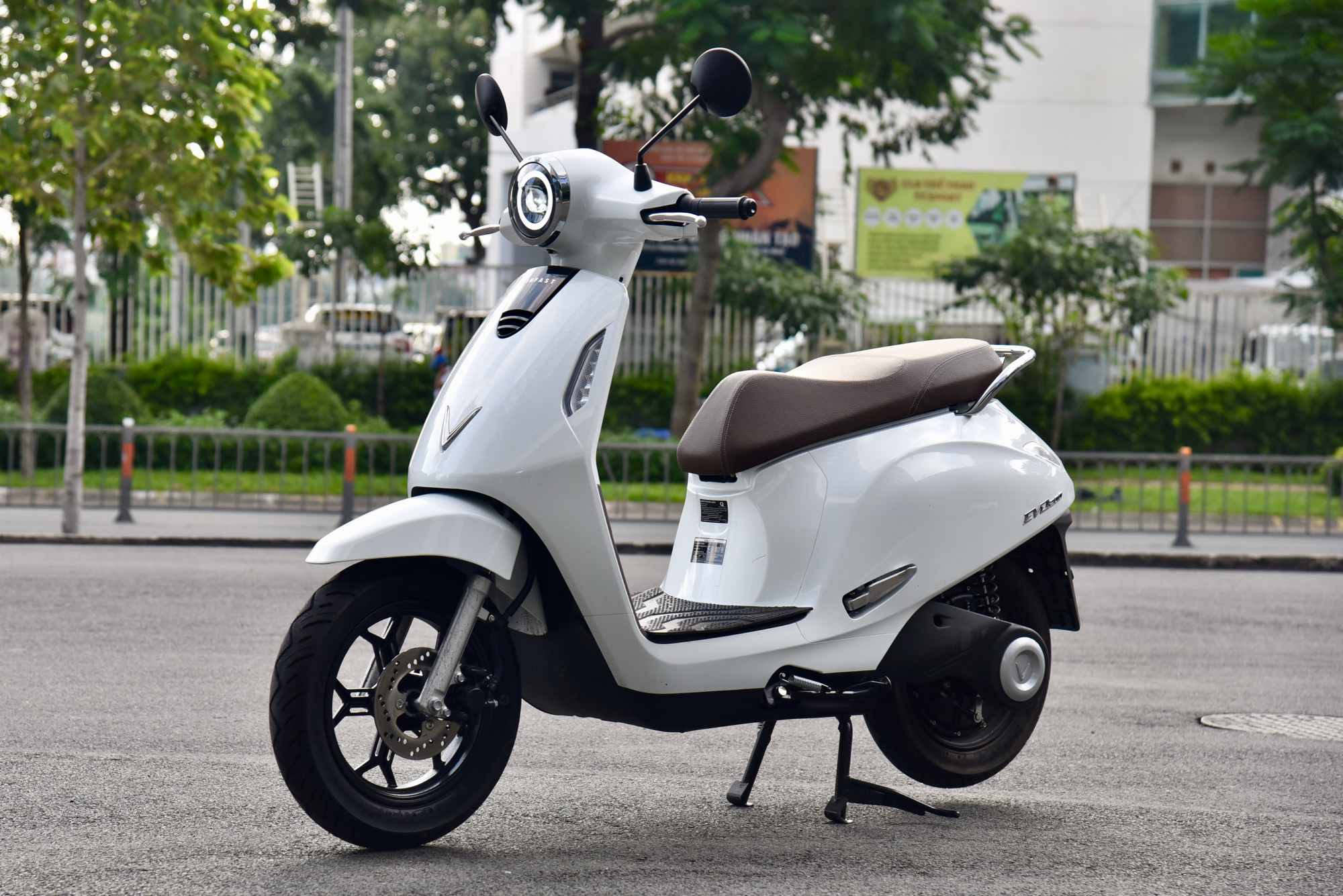 |
VinFast Evo200 uses an LFP battery. Photo: Ho Tan |
VinFast Evo200 uses an LFP battery. Photo: Ho Tan
However, LFP batteries have a lower energy density than lithium-ion batteries of the same weight. This means electric scooters need larger, heavier LFP battery packs to achieve the same range. Like lithium-ion, LFP battery performance also suffers in cold temperatures.
In Vietnam, VinFast primarily uses LFP batteries in its electric scooter lineup.
While cold weather hinders lithium-ion and LFP batteries, lead-acid batteries excel in this area. Their biggest advantage is reliable operation and charging in cold conditions. Lead-acid batteries generate energy through a chemical reaction between lead and sulfuric acid (H2SO4), unaffected by electrolyte freezing like lithium-ion batteries.
Furthermore, lead-acid batteries are less prone to fires or explosions upon impact, drops, or punctures than lithium-ion batteries. In a collision, the battery pack might leak acid, but it's less likely to ignite. Lead-acid batteries also have low production costs, and most of their materials (lead, plastic casing) are easily recyclable and environmentally friendly.
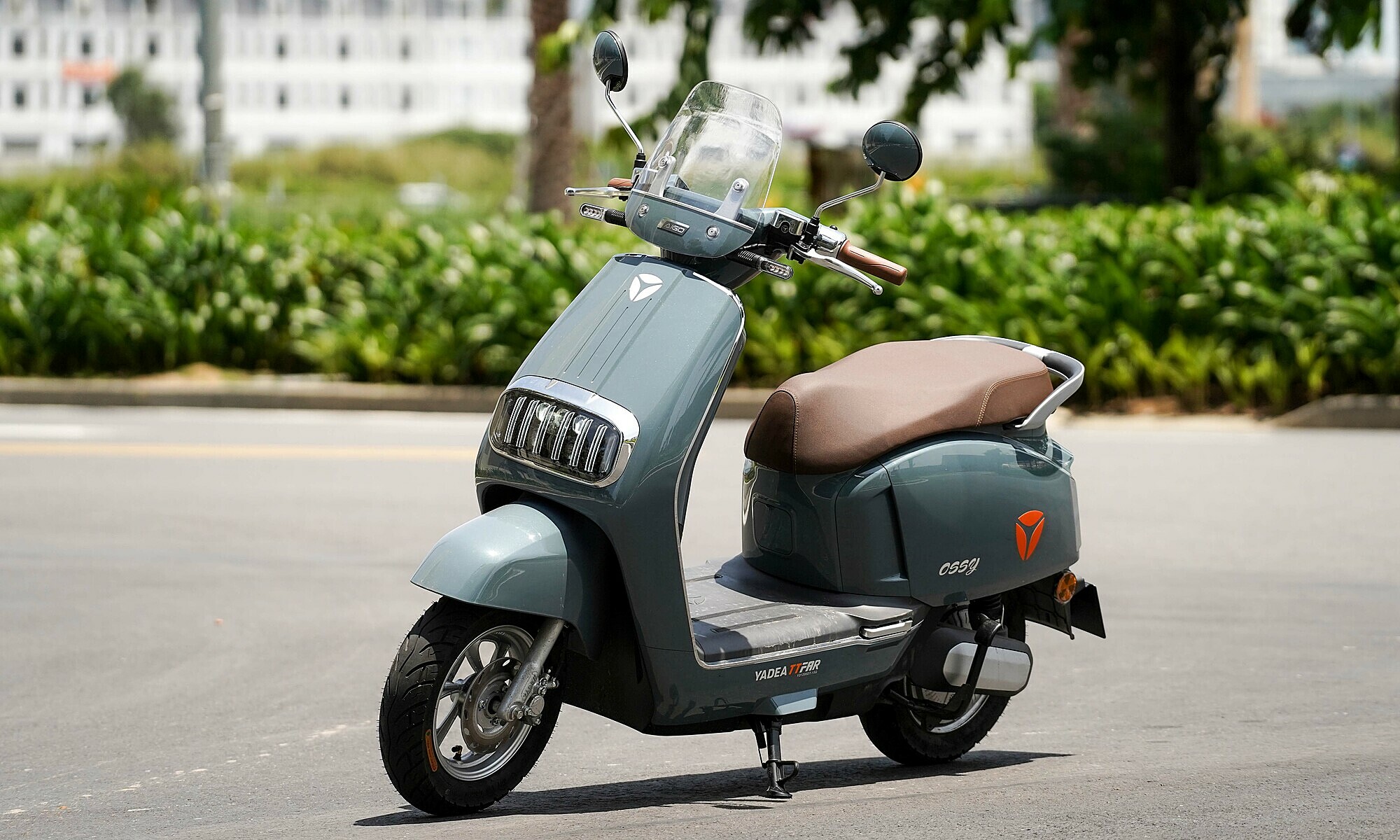 |
Yadea Ossy uses a graphene lead-acid battery. Photo: Thanh Nhan |
Yadea Ossy uses a graphene lead-acid battery. Photo: Thanh Nhan
However, lead-acid batteries have a low energy density, limiting the range of electric scooters that use them. Their lifespan is also shorter, they degrade more quickly, and deep discharges further shorten their life. They are less efficient than lithium-ion and LFP batteries, losing more energy as heat. While recyclable, leaked or improperly disposed-of acid can contaminate soil and water.
To address these shortcomings, some lead-acid batteries incorporate graphene technology, boosting performance, lifespan, and reducing weight. Graphene coating on the electrodes enhances conductivity, heat resistance, and reduces energy loss, enabling faster charging, higher current discharge, and minimizing corrosion for extended electrode life. Graphene is a material formed by bonding carbon atoms in a hexagonal lattice, just one atom thick.
In Vietnam, primarily budget-friendly electric scooters, including unbranded Chinese models sold in small retail stores, use lead-acid batteries. VinFast also offers budget models like Feliz and Klara A2 with lead-acid batteries. Yadea utilizes graphene-enhanced lead-acid batteries in many of its scooters.
Ho Tan



